Progress in sustainable seafood production is notable but uneven, according to latest Sustainable Fisheries Partnership report
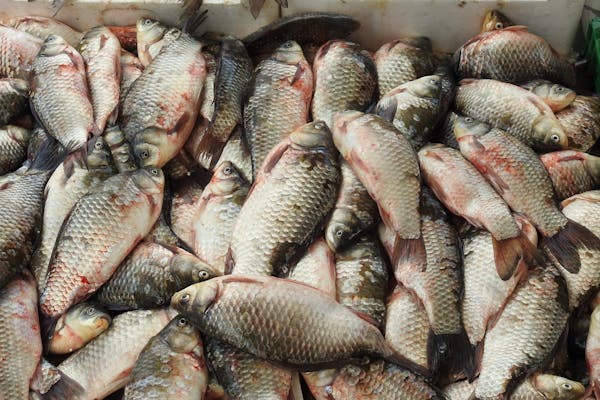
Most seafood sectors are increasingly using sustainable or improving sources, but some regions and sectors still face challenges that make sustainability difficult, a new report by Sustainable Fisheries Partnership (SFP) indicates.
The Sustainable Fisheries Partnership’s (SFP) annual T75 Sectors Status Update shows progress towards their Target 75 (T75) initiative. This initiative aims to make 75 percent of seafood production in 13 key sectors more sustainable or making regular, verifiable improvements. This year’s report highlights significant increases in sustainable and improving production in sectors like tuna, squid and salmon.
However, the report notes that some sectors, such as large shrimp and octopus, continue to face challenges in reaching the 75 percent target, possibly due to limited market leverage and industry interest. These challenges are a particular problem in regions such as Asia and Africa, which contribute almost two-thirds of global seafood production within the T75 scope.
“These regions still face significant deficiencies in effective management and data collection, which hinder the implementation of broad-scale sustainability measures,” said SFP Senior Scientist Pedro Veiga, one of the report’s authors. “Our findings underscore the need for increased efforts in protecting marine biodiversity, ensuring the inclusion of small-scale fishers, improving fisheries policy and management and promoting regenerative aquaculture.”
According to the most recent data, the combined wild and farmed production from the 13 T75 sectors amounted to approximately 91 million tons, representing roughly half of global seafood production, excluding seaweeds, plants, marine mammals and other species. Wild capture constituted 77 percent of the total production, while aquaculture contributed 23 percent.
Now that you've reached the end of the article ...
… please consider supporting GSA’s mission to advance responsible seafood practices through education, advocacy and third-party assurances. The Advocate aims to document the evolution of responsible seafood practices and share the expansive knowledge of our vast network of contributors.
By becoming a Global Seafood Alliance member, you’re ensuring that all of the pre-competitive work we do through member benefits, resources and events can continue. Individual membership costs just $50 a year.
Not a GSA member? Join us.
Author
Tagged With
Related Posts
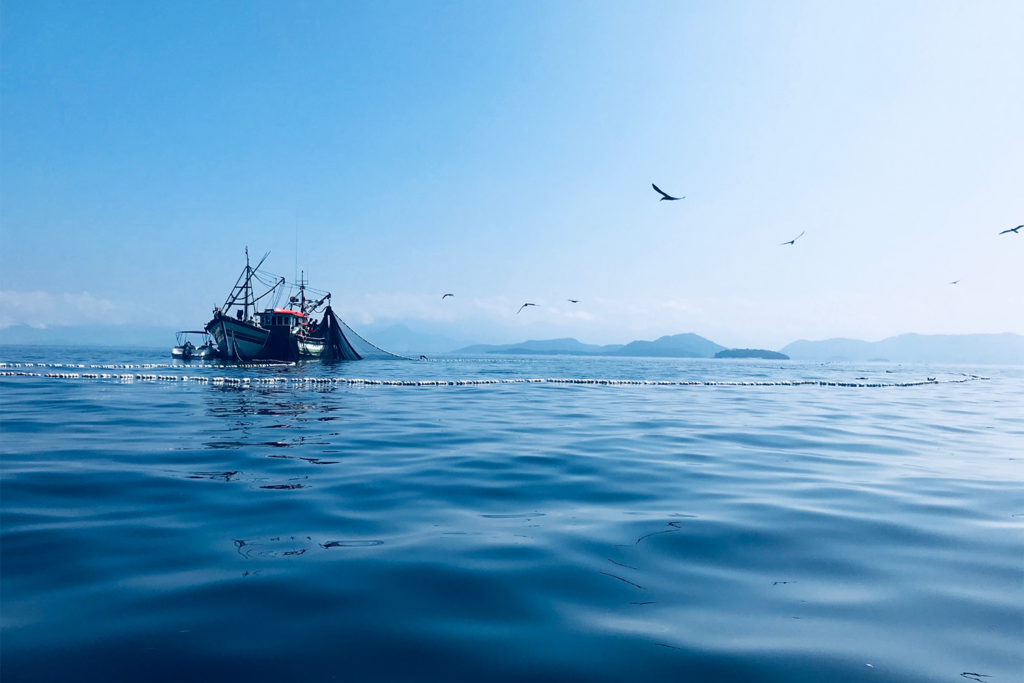
Fisheries
Key fisheries performance declines for sixth year, industry urged to act
The SFP 2023 Reduction Report shows a continued drop in fisheries performance, highlighting the need for improved fisheries management.
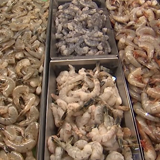
Responsibility
SFP urges sectorwide improvements for Southeast Asia farmed shrimp
Six of the world’s leading shrimp producers are in need of aquaculture improvement projects and zone-management strategies that address pressing sustainability concerns, a leading seafood NGO has determined.
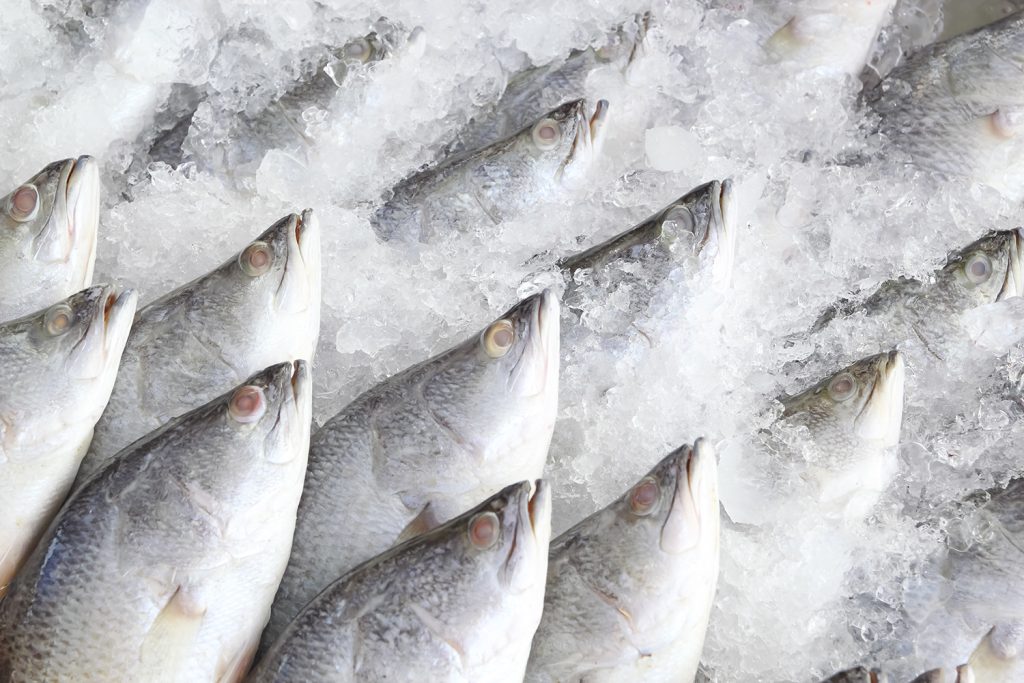
Intelligence
Walton Family Foundation poll finds strong backing for sustainable seafood
A poll commissioned by the Walton Family Foundation finds most Americans believe ocean health and sustainable seafood need urgent protection.
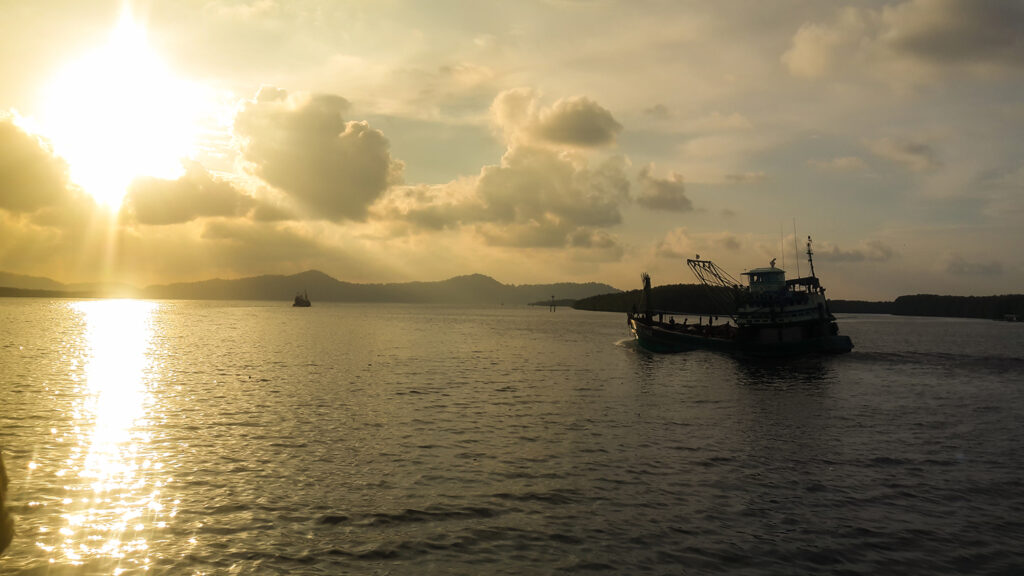
Fisheries
Can a data-sharing tool eliminate IUU fishing and make seafood supply chains more reliable?
The Sustainable Fisheries Partnership’s new data-sharing tool helps users identify environmental risks and eliminate IUU fishing in seafood supply chains.



